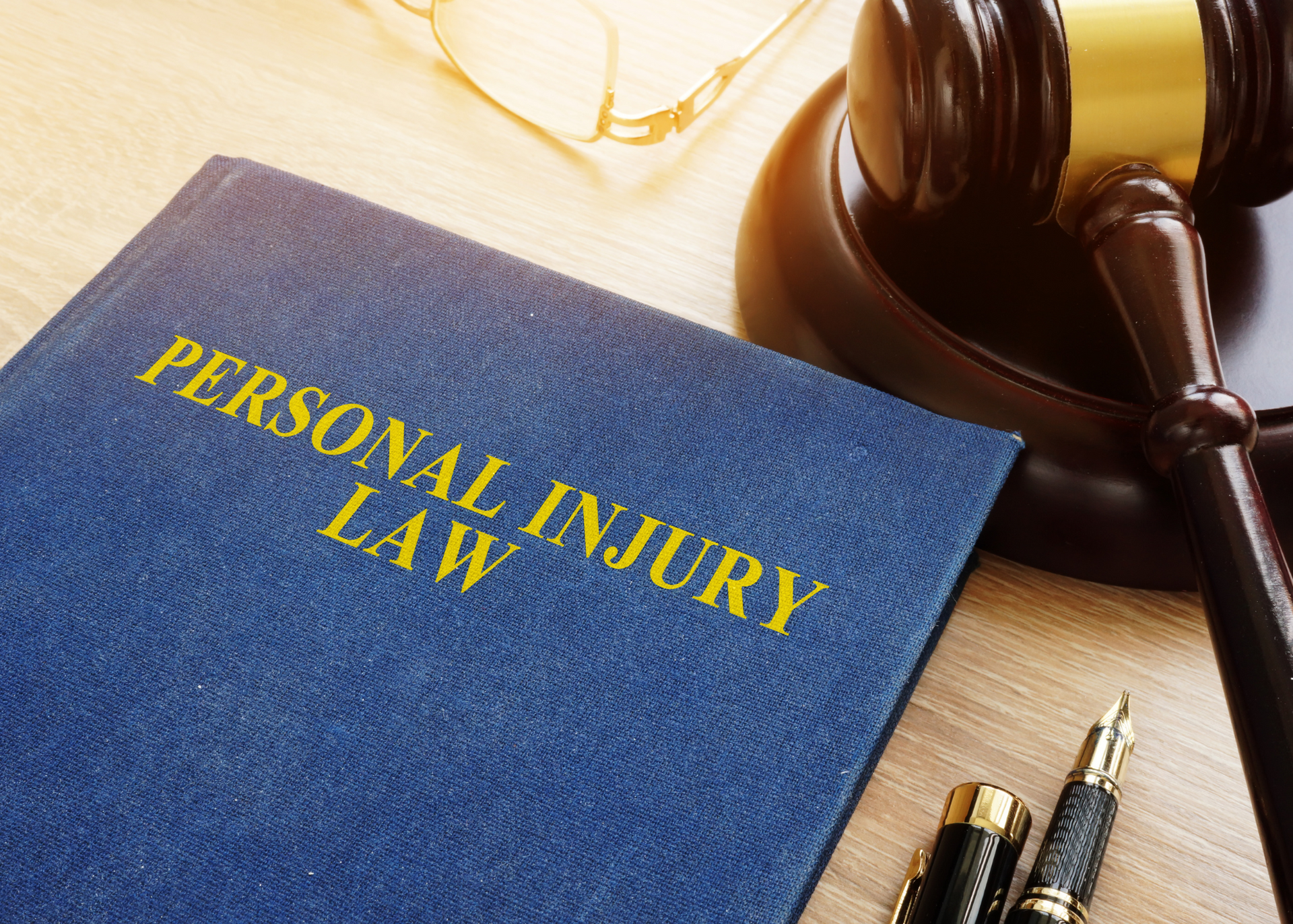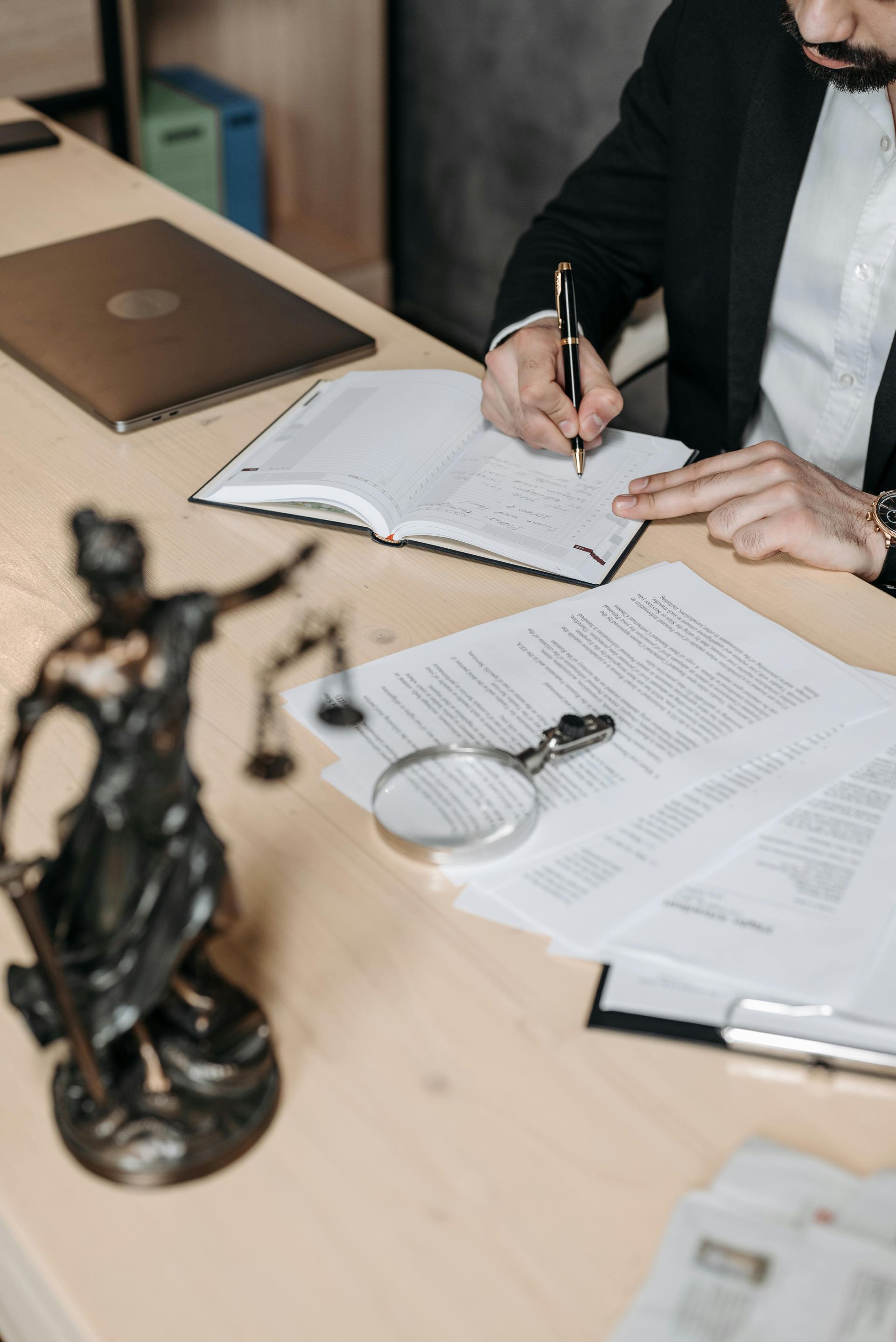What Evidence Do You Need to Collect After Being in an Accident?
Car accidents affect just about everyone who drives throughout adulthood. Sooner or later, an accident will happen no matter how safely someone drives, and the fault might be contested. According to Forbes, between 4% and 5% of personal injury cases go to trial. The rest are settled out of court based on the strength of the arguments and supporting evidence provided. Here are a few types of evidence that local personal injury lawyers collect.
Medical Diagnosis and Treatment Costs
You'll need evidence that supports your claims of injuries suffered during an accident if any occurred. A medical diagnosis and the bills for unpaid treatment costs will help your local personal injury lawyers show the accident caused your injuries. Any unpaid medical bills will help to show the harm that you suffered, too. Those bills would include the cost of going to and from your medical appointments, costs paid for prescription drugs, and other costs directly related to your injuries.
Loss of Income and Other Financial Damages
Many people who suffer injuries in a car accident miss work while initially healing. That lost work means lost income, which you can recoup by filing an insurance claim and holding liable parties accountable. Lost income is a type of damage caused by an accident; lost future earnings also fall under this category if your injuries stop you from continuing to work as you had before the accident. Experienced attorneys can help present strongly supported insurance and legal claims for your lost income.
Photographic and Video Evidence
Cellphones, onboard cameras, and digital cameras that people own make it possible to document an accident scene with digital photos and videos. You can use a cellphone or a digital camera to take photos of the accident scene and driving conditions immediately after an accident. If your vehicle has an onboard camera, that camera and any nearby video surveillance cameras also might have recorded the accident. You can gather that evidence and use it to prove that another driver or a third party caused the accident and is liable for the damages.
Contact our experienced local personal injury lawyers at Wilson & Novak Law Offices today! We can review your case and determine what next steps you need to take.

We will fight aggressively for get the compensation you deserve.
Schedule a free case analysis of your personal injury case.
Merrillville Personal Injury Law Firm
Wilson & Novak Law Offices
200 W 80th Place
Merrillville, IN 46410
Business Hours
- Mon - Fri
- -
- Sat - Sun
- Closed
From our offices in
Merrillville, we serve Indiana and Illinois, including these communities:
Hammond, East Chicago,
Griffith, Highland,
Gary, Whiting, Munster, Dyer, St. John,
Schererville, Cedar Lake, Lake Station,
Crown Point,
Merrillville, Leroy,
Hobart, New Chicago, Lowell, Lake Dalecarlia, Winfield, Miller, Lakes of the Four Seasons (LOFS), Lake Village, Dune Acres, Kouts, Demotte, Ogden Dunes,
Chesterton, Town of Pines,
Portage, Porter, Wheeler,
Valparaiso, Hebron, Beverly Shores, South Haven, Michigan City, LaPorte, Winamac, Lansing, Calumet City, Lynwood, Steger, Crete, Matteson, Dolton, Blue Island, Oak Lawn, Burnham, Tinley Park, Orland Park, Chicago Heights, Homewood, South Holland, Chicago, Hazel Crest, and Markham.
All Rights Reserved | Wilson & Novak Law Offices | Video Production by Initium Creative | Website Optimization by Compass Marketing
This website constitutes attorney advertising. This website is designed for general information only. The information presented on this website should not be construed to be legal advice or the formation of a lawyer/client relationship. Privacy Policy



